Disclosure: This article contains affiliate links. We may earn a commission from purchases at no extra cost to you, which helps our travel content.
When my air traffic control buddies in Mumbai heard I was planning a week in Kuala Lumpur on just $30 a day, they laughed like I'd suggested landing a 747 on a helipad. But just like calculating perfect flight paths, budget travel is all about precision, timing, and knowing the lay of the land. After seven incredible days navigating Malaysia's capital without breaking the bank, I'm here to share my flight plan for experiencing this vibrant metropolis on a student-friendly budget. From sleeping in surprisingly comfortable hostels to feasting at hidden hawker centers where locals actually eat, this guide will have you soaring through KL without watching your savings disappear into the clouds.
Navigating Accommodation: Budget Beds Without Budget Experiences
My first rule of budget travel comes straight from my ATC days: proper preparation prevents poor performance. I spent hours researching KL's hostel scene before booking a spot at BackHome Kuala Lumpur in the city's colonial quarter. At just $8-10 per night for a clean dorm bed with privacy curtains, free breakfast, and blazing-fast WiFi, it felt like finding clear airspace during rush hour.
What surprised me most wasn't the quality of the accommodation but the quality of the connections. Within hours of checking in, I'd joined forces with a German student and a backpacking couple from Chile for street food expeditions. We shared Grab rides (Southeast Asia's Uber) which slashed transportation costs.
If hostels aren't your flight path, consider Airbnb room rentals in residential areas like Bangsar or Cheras. Local hosts often provide insider tips worth their weight in Malaysian ringgit. My backup plan was a $15/night room I found through a local housing group on Facebook – sometimes the best deals never make it to mainstream booking platforms.
During my stay, I used my trusty sleep mask which was a lifesaver in shared dorm rooms. The contoured design blocks all light without putting pressure on your eyes, essential for getting quality rest when sharing space with strangers who might be coming in at all hours.
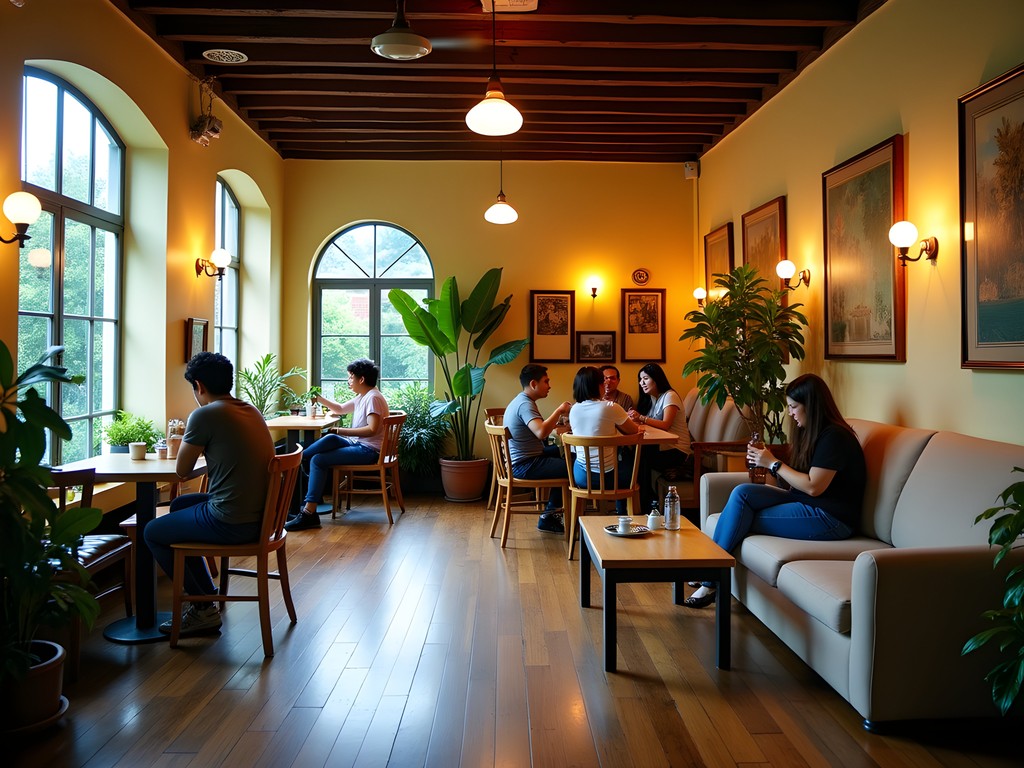
💡 Pro Tips
- Book hostels directly through their websites for better rates – many offer 10-15% discounts
- Choose accommodations with free breakfast to start your day without spending
- Look for hostels with kitchen facilities so you can prepare simple meals
Eat Like a Local, Spend Like a Student
In my years of travel, I've found that food expenses are like altitude adjustments – small changes make huge differences. Kuala Lumpur's food scene is a perfect example of how eating authentically actually saves money.
My daily food budget breakdown looked something like this: - Hostel breakfast: FREE - Hawker center lunch: 7-10 MYR ($1.50-$2.30) - Street food dinner: 8-15 MYR ($1.90-$3.50) - Fresh fruit snacks: 5 MYR ($1.20)
The key was avoiding tourist traps and following the locals. Jalan Alor food street offers incredible variety, but I found better deals at Hutong Lot 10 food court and the hidden gem Kampung Baru night market, where I devoured nasi lemak (coconut rice with spicy sambal) for just 5 MYR while chatting with locals about their favorite childhood foods.
Staying hydrated in KL's humidity is crucial. I brought my collapsible water bottle which saved me countless ringgit and plastic waste. It rolls up when empty to save space in my day pack and has a leakproof cap that never failed me despite being tossed around during my daily adventures.
For coffee lovers, skip the fancy cafes and try the local kopi at traditional kopitiams (coffee shops) where a strong brew costs just 2-3 MYR compared to 15+ MYR at western-style establishments.
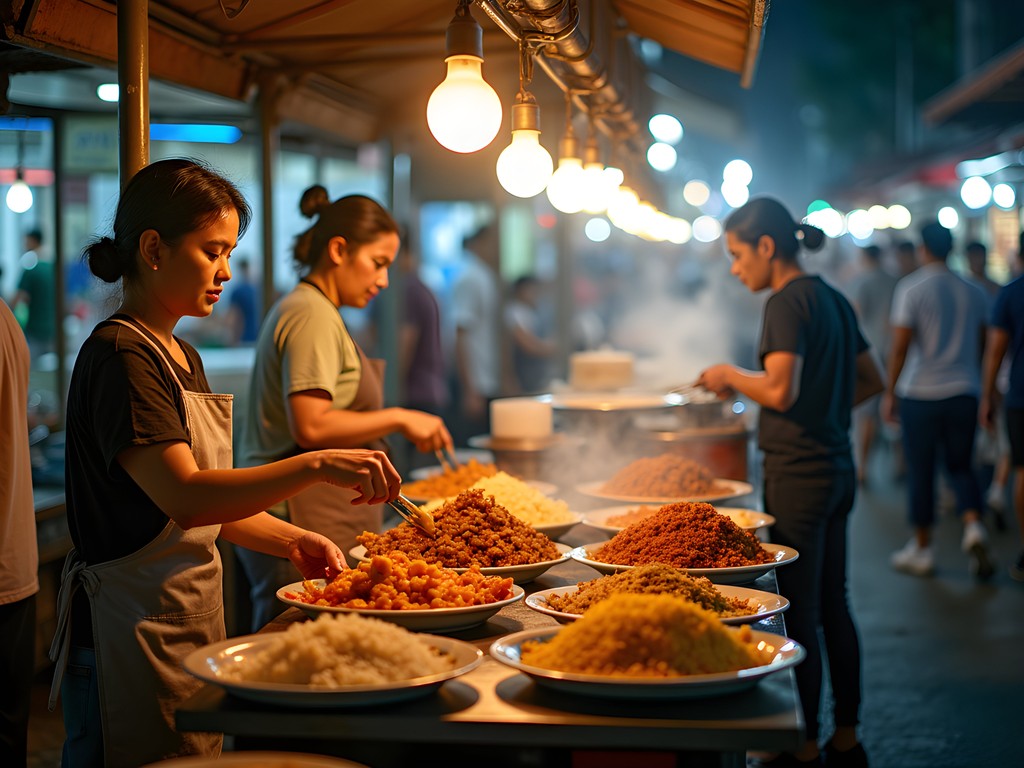
💡 Pro Tips
- Follow office workers during lunch hours – they know where to find affordable, authentic meals
- Visit hawker centers during off-peak hours (2-5pm) for potential discounts
- Learn basic food terms in Malay to order like a local and avoid tourist pricing
Free and Nearly-Free Attractions: Culture Without the Cost
The beauty of Kuala Lumpur is that many of its most impressive attractions cost little to nothing. As an air traffic controller, I'm drawn to heights and panoramic views, but I skipped the 80 MYR Petronas Towers observation deck in favor of these budget-friendly alternatives.
My top free attractions included:
- Batu Caves: Free entry to the main cave temple complex (just 2.80 MYR round-trip train ride from KL Sentral)
- KLCC Park: Perfect for people-watching and spectacular (free) Petronas Towers photos
- Central Market & Chinatown: Hours of cultural immersion without spending a ringgit
- National Mosque: Stunning architecture (remember modest dress; they provide robes)
- Free Heritage Walk: Self-guided tour through colonial architecture in Merdeka Square
When I did spend on attractions, I maximized value. The KL Forest Eco Park offers a spectacular canopy walkway through genuine rainforest for just 5 MYR. I spent three hours there, making it my best entertainment value in the city.
One splurge I don't regret was the Islamic Arts Museum (14 MYR) – the intricate exhibits reminded me of the precision we aim for in air traffic patterns, each element working in perfect harmony.
For rainy afternoons, I packed my pocket travel game which became an unexpected social connector. This compact strategy game fits in a pocket but provided hours of entertainment in hostel common rooms, helping me connect with other travelers without spending on expensive activities or drinks.
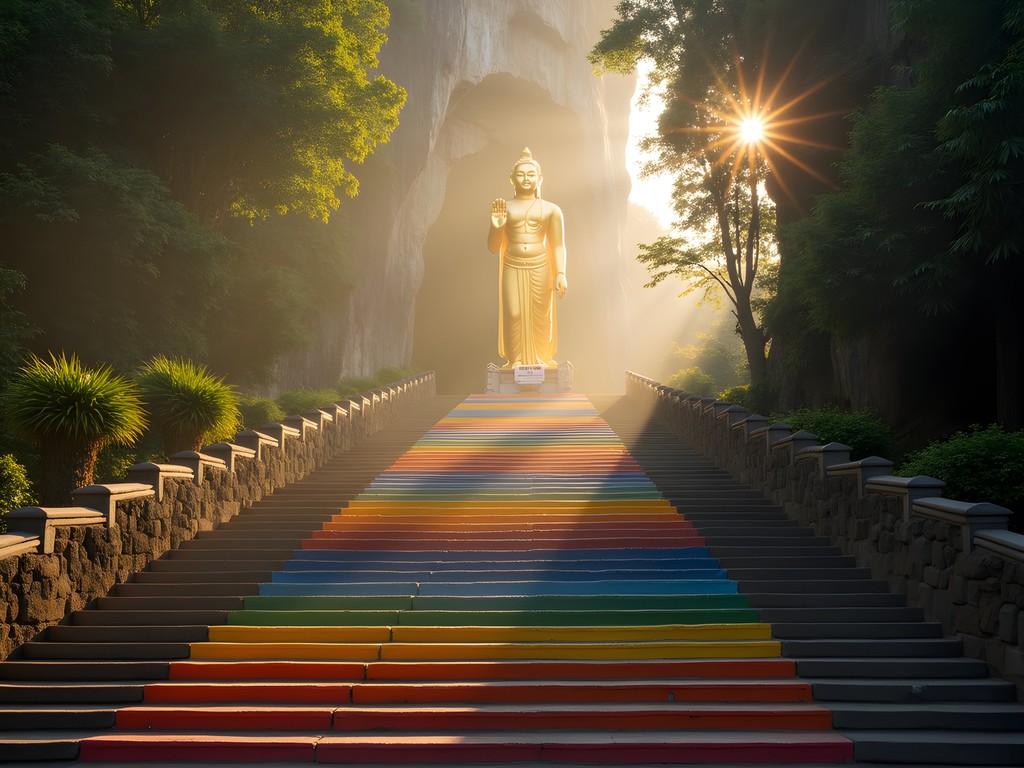
💡 Pro Tips
- Visit popular attractions early morning or late afternoon to avoid both crowds and the midday heat
- Many museums offer free entry on specific days – research before your trip
- Religious sites are often free to enter but require appropriate dress – pack a lightweight scarf or sarong
Transportation Tactics: Moving Around Without Breaking the Bank
In air traffic control, efficiency is everything – the same principle applies to budget transportation in KL. The city's public transit system became my best friend, particularly the free GOKL buses that connect major tourist areas on color-coded routes.
My transportation strategy looked like this:
- Walking: Free and the best way to discover hidden gems between major attractions
- GOKL Buses: Completely free air-conditioned buses on four routes covering major tourist areas
- MRT/LRT: Clean, efficient trains costing 1.50-5 MYR per trip depending on distance
- Grab: Malaysia's ride-sharing app for when public transport wasn't practical (typically 7-12 MYR per ride)
I avoided taxis completely after a local friend warned me about potential scams targeting tourists. Instead, I downloaded the offline maps app which allowed me to navigate confidently without using data. The premium version lets you download detailed maps with walking paths and points of interest, then use GPS to navigate without an internet connection – perfect for when you're between WiFi zones.
One of my best discoveries was the KL TravelPass, which combines airport train transfers with unlimited transit rides. At 70 MYR for 3 days of unlimited travel plus airport transfers, it saved me over 40 MYR compared to buying tickets individually.
Remember: in KL's tropical climate, even short walks can leave you drenched in sweat. I planned my routes to utilize the extensive network of covered walkways and air-conditioned malls that connect many parts of the city center – a technique locals use to stay cool while moving around.

💡 Pro Tips
- Download the MyRapid PULSE app for real-time transit information and to purchase digital tickets
- Travel during off-peak hours (9:30am-4:30pm) to avoid the crushing rush hour crowds
- Combine attractions by area to minimize transportation costs – the city center is more walkable than it initially appears
The Art of the Micro-Splurge: Strategic Spending for Maximum Experience
Budget travel isn't about never spending – it's about strategic spending. I call this the "micro-splurge" approach: identifying the 10-20% of experiences where spending a bit more creates 80% of your memories.
In KL, my calculated splurges included:
- Jalan Alor Seafood: One dinner at 25 MYR ($6) for fresh chili crab that I'm still dreaming about
- Rooftop Bar Sunset: One drink (35 MYR) at Heli Lounge Bar – literally on a helicopter pad – for panoramic city views
- Traditional Massage: 60 MYR for a one-hour traditional Malaysian urut massage after days of walking
- Craft Coffee Experience: One specialty Malaysian single-origin coffee (15 MYR) at PULP by Papa Palheta
To offset these splurges, I practiced what I call "invisible saving" – small decisions throughout the day that create space in your budget. This included filling my insulated food container with leftovers from larger lunch portions to create a second meal. This stainless steel container keeps food hot for hours and never leaked in my daypack, making it perfect for storing extra nasi goreng or curry for a late-night hostel dinner.
I also became a master of the "reverse happy hour" – instead of evening discounts, many KL establishments offer morning or afternoon promotions when business is slow. The trick is simply asking locals when these unofficial discounts happen.
My final micro-splurge was purchasing a small piece of batik art from a student artist at Central Market (40 MYR) – far more meaningful than mass-produced souvenirs and directly supporting the local creative economy.
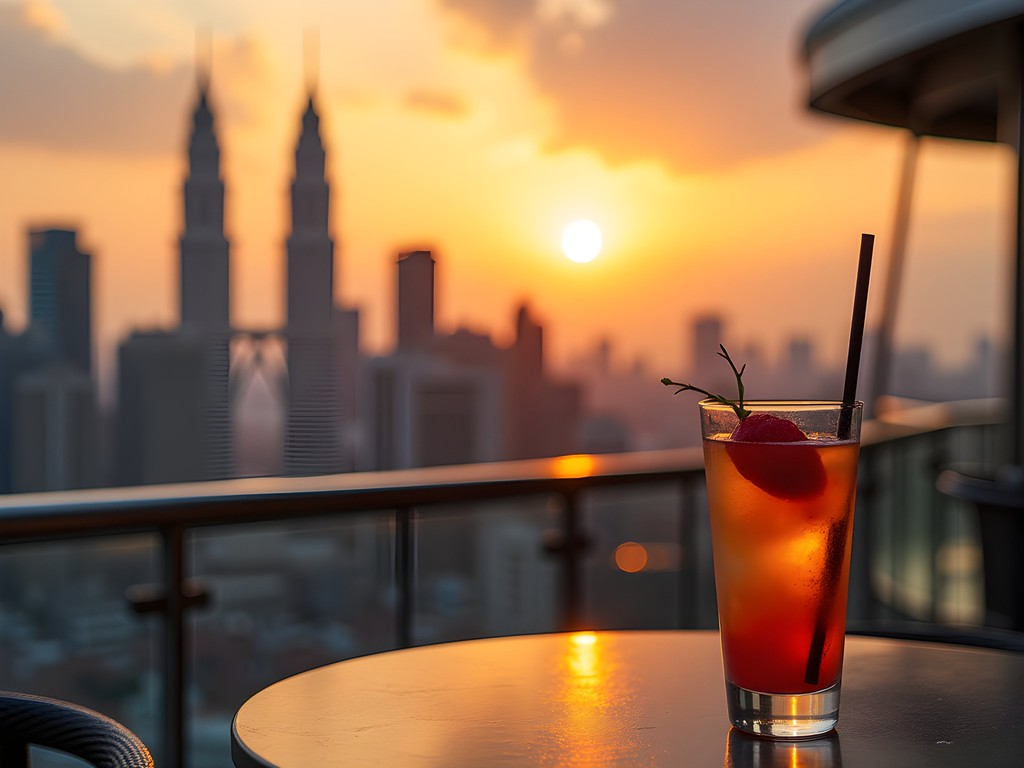
💡 Pro Tips
- Set aside a specific 'splurge budget' before your trip and stick to it
- Ask hostel staff about student discounts – many attractions offer them even for international students
- Consider a 'one special thing per day' rule to balance budget discipline with meaningful experiences
Final Thoughts
As my flight climbed out of Kuala Lumpur International Airport, I tallied my expenses: 7 days at an average of $28.50 per day – mission accomplished with room to spare. What strikes me most about budget travel in KL isn't what I sacrificed but what I gained: conversations with locals at hawker stalls who shared family recipes, friendship with a Malaysian architecture student who showed me hidden colonial buildings, and the satisfaction of experiencing a world-class city on a student budget.
The air traffic controller in me loves the precision of budget travel – the careful calculations, the strategic planning, the optimization of resources. But the traveler in me loves how these constraints pushed me beyond tourist bubbles into the authentic pulse of Kuala Lumpur. When we strip away the luxury buffer that money provides, we experience places more directly, more honestly.
So the next time someone tells you that international travel is too expensive, show them your flight plan for Kuala Lumpur. With some preparation, flexibility, and the willingness to live like a local, this vibrant Malaysian capital offers rich experiences that cost little but are worth everything. The runway is clear for your budget adventure – you're cleared for takeoff.
✨ Key Takeaways
- Kuala Lumpur offers exceptional value with free attractions, affordable public transportation, and delicious street food under $3
- Staying in central hostels saves both accommodation and transportation costs while providing valuable local knowledge
- Strategic 'micro-splurges' create memorable experiences without breaking your overall budget
📋 Practical Information
Best Time to Visit
Year-round, but June-August offers less rainfall
Budget Estimate
$25-35 per day for budget travelers
Recommended Duration
5-7 days
Difficulty Level
Easy
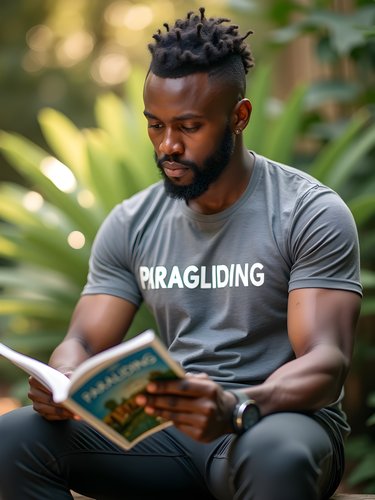
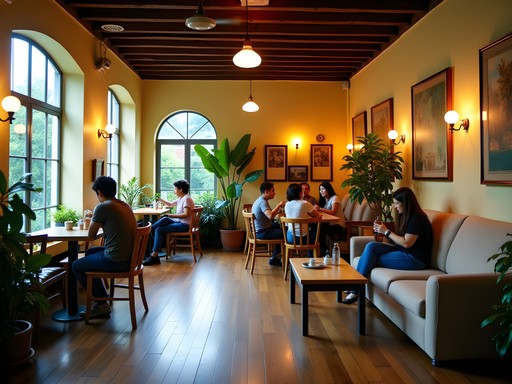
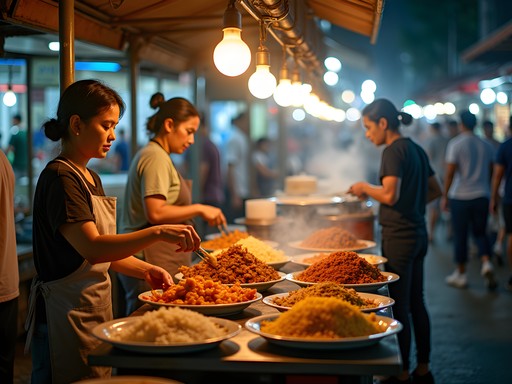
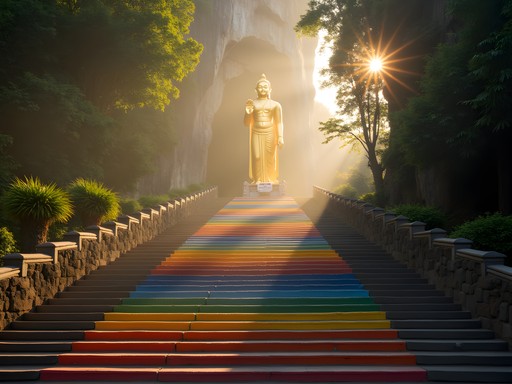
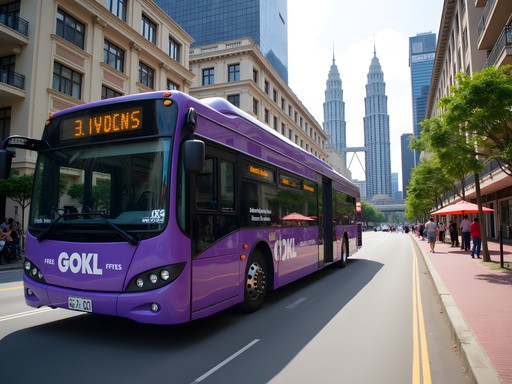
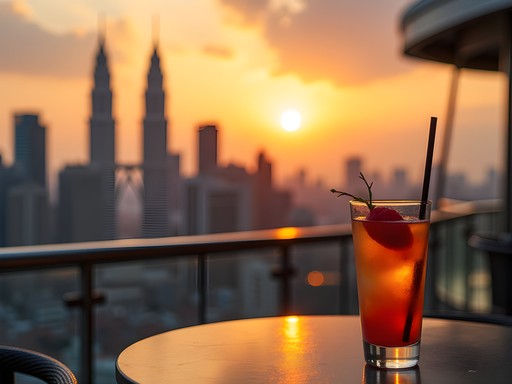


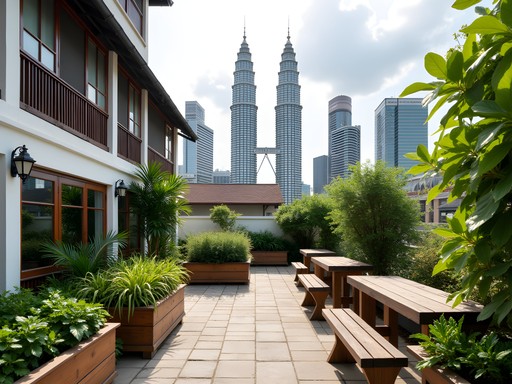
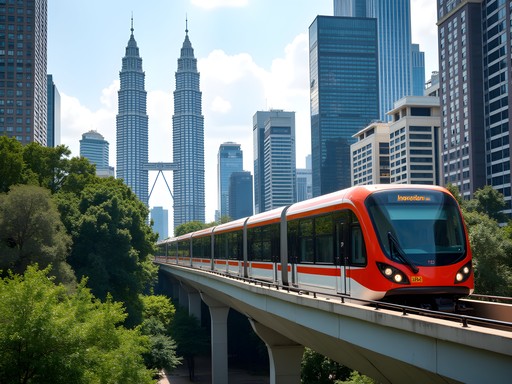
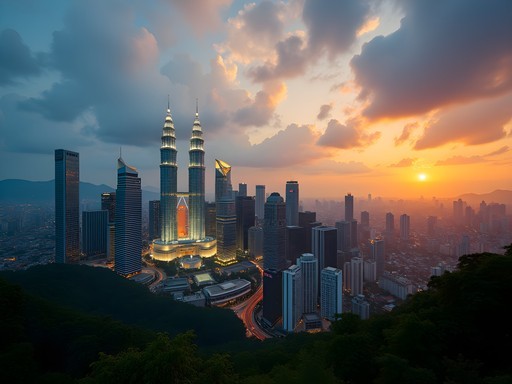
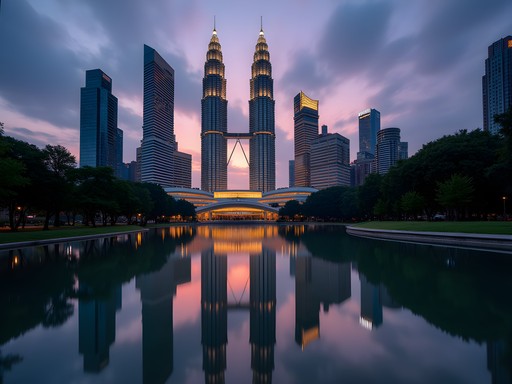


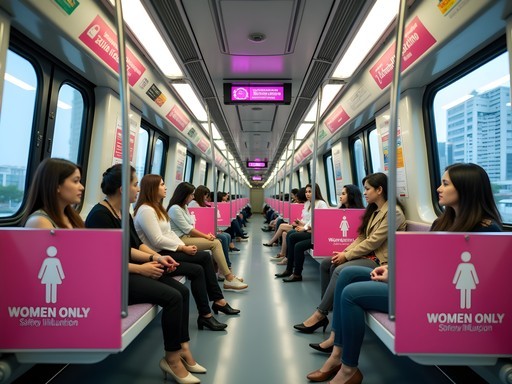

Comments
summerguy
Just booked my tickets after reading this! Can't wait!
adventureguy
Just followed your itinerary in KL last week and came in under $30/day! Those free KLCC park concerts were amazing!
hikingchamp
Pro tip: The Central Market food court has amazing local food for super cheap. Way better than the touristy spots and you can try a bit of everything!
Frank Garcia
Benjamin's accommodation section is spot-on. I stayed at BackHome Hostel in Chinatown for RM40/night (about $9) and it was surprisingly comfortable with great WiFi. The communal kitchen saved me tons on breakfast! One budget hack I'd add: download the TnG eWallet app before arriving. You can link your credit card and use it for almost everything from train tickets to street food, often with discounts. Also, don't miss Thean Hou Temple - completely free and offers amazing city views, especially at sunset. For anyone worried about staying connected, I used my travel SIM which gave 10GB data for a week at around $8 - much cheaper than roaming and essential for navigating.
travelstar
Thanks for the BackHome Hostel tip! Just booked it for my trip.
springvibes
How safe is the public transportation at night? Especially for solo female travelers?
hikingchamp
I found KL's trains very safe even late at night. Well-lit stations and usually other travelers around. Just use normal city precautions!
Nicole Russell
@springvibes As a solo female traveler, I felt very comfortable on KL public transport until around 11pm. After that, I'd sometimes use Grab (Southeast Asian Uber) which is still affordable for short distances.
redstar
Those food pics have me drooling! Mamak stalls for the win!
Nicole Russell
Benjamin, this is gold! I did KL on a similar budget last year and can confirm your transportation tips are spot on. The pink and blue lines saved me so much money compared to grabbing taxis everywhere. I'd add that the free walking tour starting at Merdeka Square was one of my highlights - our guide Mei was incredibly knowledgeable about the colonial architecture. Did you try the night market at Jalan Alor? The satay there was life-changing and still super budget-friendly!
adventureguy
Nicole, was the walking tour easy to find? Heading there in September!
Nicole Russell
@adventureguy Super easy! Just look for the guides with red umbrellas at 10:30am daily. They work on tips, so still budget-friendly.
travelstar
This is exactly what I needed! Planning my KL trip next month and was stressing about costs.
Sophia Gomez
Even as a business traveler who normally doesn't worry about budget, I've been implementing some of these tips on my quarterly KL trips. The breakfast at LOKL Coffee is amazing value and better than my hotel's $25 buffet! For those mixing business and budget, I recommend staying in Bangsar - still affordable but closer to the business district. One splurge I do recommend: the sunset drinks at Heli Lounge Bar. It's a literal helipad turned bar with 360° views of the city for just the cost of a drink (~$10). Worth every penny for that Instagram moment! I always pack my packing cubes for these quick trips - keeps everything organized when I'm hopping between budget and business accommodations.
wildtime
Great post! One thing I'd add - download the Touch 'n Go eWallet app before arriving. You can link a foreign card and use it for almost all public transport and many food stalls. Saved me from carrying cash and sometimes got me discounts. Also, don't miss the free walking tours that start at Merdeka Square on weekends!
Sophia Gomez
The Touch 'n Go tip is spot on! I used it constantly on my business trip there last quarter. Also works for highway tolls if you rent a car.
Venture X
Premium card with 2X miles, $300 travel credit, Priority Pass